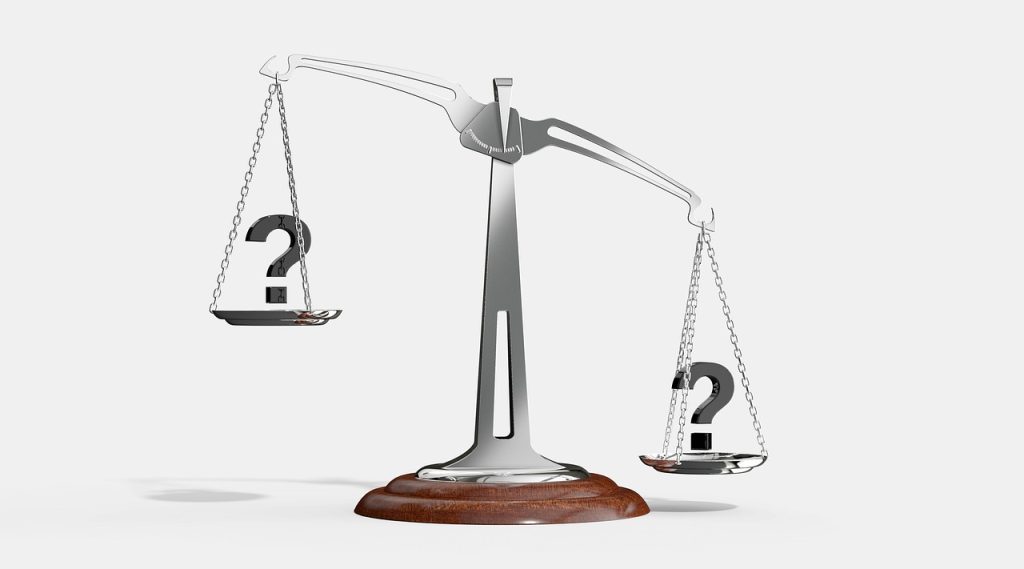Restorative Justice is respect for all, even those who are different from us; even those who seem to be our enemies. Respect reminds us of our interconnectedness, but also of our differences. If we pursue justice as respect, we will do justice restoratively.
Howard Zehr
Zehr Institute for Restorative Justice





